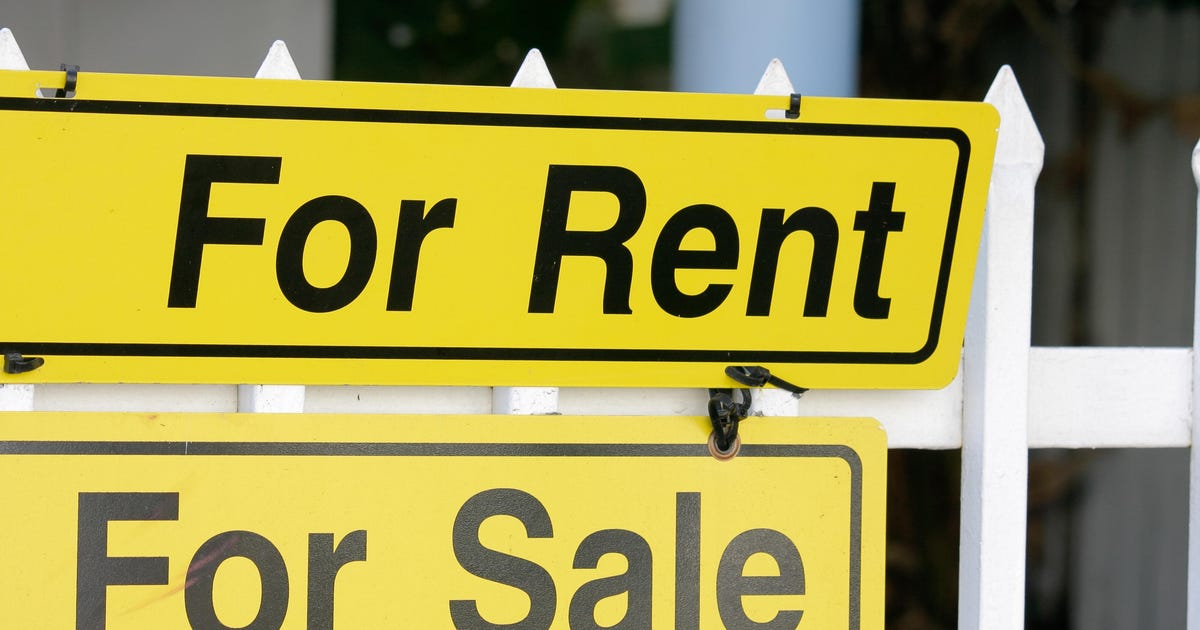
Both 15-year fixed and 30-year fixed refinances saw their mean rates go higher over the last seven days. The average rates for 10-year fixed refinances also moved up significantly.
Like mortgage rates, refinance rates fluctuate on a daily basis. With inflation at a 40-year high, the Federal Reserve has hiked the federal funds rate seven times in 2022 to try to cool the economy. Though mortgage rates are not set by the central bank, its rate hikes increase the cost of borrowing money and eventually impact mortgage and refinance rates and the broader housing market. Whether refinance rates will continue to rise or fall will depend largely on how things play out with inflation. If inflation cools, rates will likely follow suit. But if inflation remains high, we could see refinance rates maintain their upward trajectory.
If rates for a refi are currently lower than your existing mortgage rate, you could save money by locking in a rate now. As always, consider your goals and circumstances, and compare rates and fees to find a mortgage lender who can meet your needs.
30-year fixed-rate refinance
The current average interest rate for a 30-year refinance is 6.69%, an increase of 8 basis points compared to one week ago. (A basis point is equivalent to 0.01%.) Refinancing to a 30-year fixed loan from a shorter loan term can lower your monthly payments. Because of this, a 30-year refinance can be a good idea if you’re having trouble making your monthly payments. Be aware, though, that interest rates will typically be higher compared to a 15-year or 10-year refinance, and you’ll pay off your loan at a slower rate.
15-year fixed-rate refinance
The current average interest rate for 15-year refinances is 6.16%, an increase of 15 basis points from what we saw the previous week. With a 15-year fixed refinance, you’ll have a larger monthly payment than a 30-year loan. However, you’ll also be able to pay off your loan quicker, saving you money over the life of the loan. 15-year refinance rates are typically lower than 30-year refinance rates, which will help you save even more in the long run.
10-year fixed-rate refinance
The average rate for a 10-year fixed refinance loan is currently 6.27%, an increase of 18 basis points from what we saw the previous week. Compared to a 30-year and 15-year refinance, a 10-year refinance will usually have a lower interest rate but higher monthly payment. A 10-year refinance can help you pay off your house much quicker and save on interest. But you should confirm that you can afford a higher monthly payment by evaluating your budget and overall financial situation.
Where rates are headed
At the start of the pandemic, refinance rates dropped to historic lows, but they have been steadily climbing since the beginning of 2022. The Fed recently raised interest rates by another 0.50 percentage points and appears poised to continue to raise rates in 2023. That noted, if inflation eases, rates could level off and begin to decline.
We track refinance rate trends using data collected by Bankrate, which is owned by CNET’s parent company. Here’s a table with the average refinance rates supplied by lenders nationwide:
Average refinance interest rates
| Product | Rate | Last week | Change |
|---|---|---|---|
| 30-year fixed refi | 6.69% | 6.61% | +0.08 |
| 15-year fixed refi | 6.16% | 6.01% | +0.15 |
| 10-year fixed refi | 6.27% | 6.09% | +0.18 |
Rates as of Dec. 28, 2022.
How to find personalized refinance rates
It’s important to understand that the rates advertised online may not apply to you. Your interest rate will be influenced by market conditions as well as your credit history and application.
Having a high credit score, a low credit utilization ratio and a history of consistent and on-time payments will generally help you get the best interest rates. You can get a good feel for average interest rates online, but make sure to speak with a mortgage professional in order to see the specific rates you qualify for. To get the best refinance rates, you’ll first want to make your application as strong as possible. The best way to improve your credit ratings is to get your finances in order, use credit responsibly and monitor your credit regularly. Don’t forget to speak with multiple lenders and shop around.
Refinancing can be a great move if you get a good rate or can pay off your loan sooner — but consider carefully whether it’s the right choice for you at the moment.
When to consider a mortgage refinance
Most people refinance because the market interest rates are lower than their current rates or because they want to change their loan term. When deciding whether to refinance, be sure to take into account other factors besides market interest rates, including how long you plan to stay in your current home, the length of your loan term and the amount of your monthly payment. And don’t forget about fees and closing costs, which can add up.
As interest rates have steadily increased since the beginning of the year, the pool of refinancing applicants has shrunk significantly. If you bought your house when interest rates were lower than current rates, you may likely not gain any financial benefit from refinancing your mortgage.
